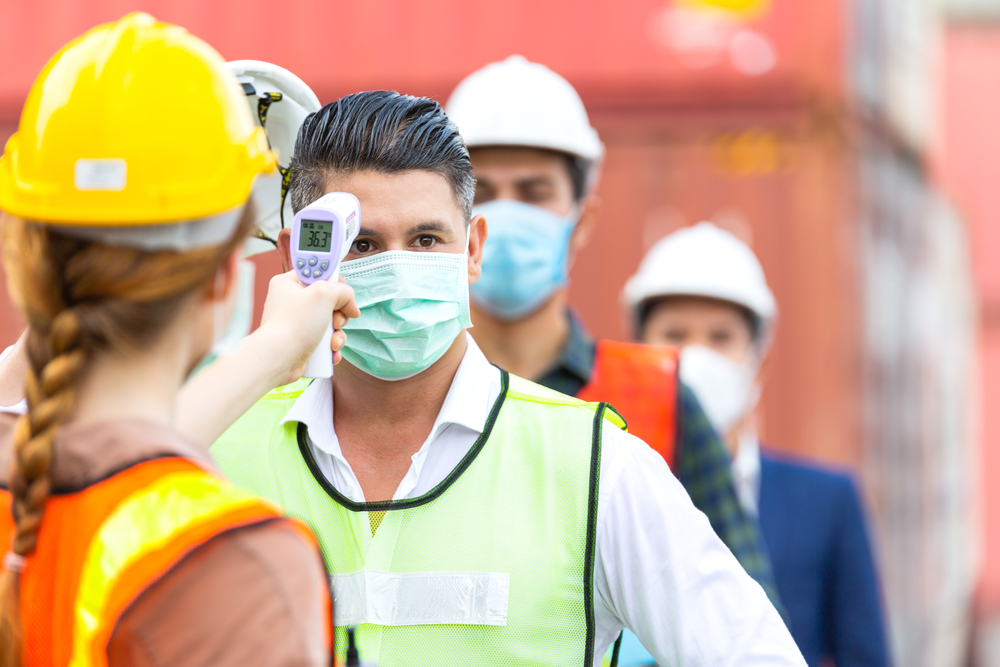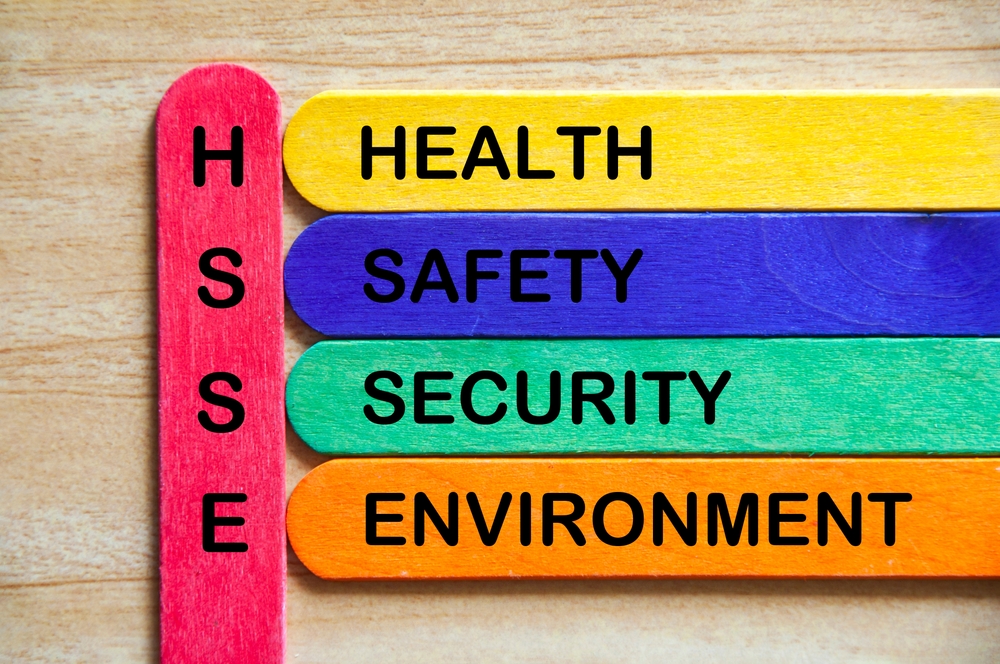Introduction:
The Emergency First Aid at Work (EFAW) course is designed to address urgent care needs in the workplace. It provides practical scenario-based training to equip participants with essential first aid skills for managing various workplace incidents. Upon successful completion, participants will receive a TQUK RQF certificate, which is valid for a specified period and signifies their competence in emergency first aid.
This course ensures that participants are adept at managing and controlling workplace accidents and situations requiring first aid. Regular refreshers are encouraged to keep skills up-to-date with current practices.
The EFAW course covers a basic level of knowledge, focusing on lifesaving techniques for a range of scenarios, from minor injuries to critical emergencies, preparing participants to handle diverse challenges in their work environment.
Objectives:
By the end of this Emergency First Aid at Work (EFAW) course, participants will be able to:
- Describe the role and responsibilities of a first aider.
- Assess and manage emergencies calmly.
- Assist responsive individuals with normal breathing and those who are unresponsive.
- Use basic life support (e.g., CPR) for seizures and non-responsive individuals.
- Attach AED pads correctly.
- Manage cases of shock and control external bleeding.
- Address choking incidents and perform secondary surveys.
- Provide first aid for bone, muscle, and joint injuries.
- Handle head, spinal trauma, and chest injuries.
- Administer first aid for burns, scalds, and eye injuries.
- Manage poisoning, anaphylaxis, and suspected major illnesses.
Training Methodology:
- Hands-on practice
- Scenario-based training
- Role-playing
- Group discussions
- Interactive lectures
- Case studies
- Assessments and feedback
Course Outline:
Unit 1: General First Aid Information
- Competences in basic care for the injured or sick
- The role of the first aider in emergencies
- Sequence of first aid actions: airway, breathing, circulation
- The Chain of Survival and Emergency Response Plan
- Notifying medical personnel
- Assessing injuries and using personal protective equipment (PPE)
- Providing first aid safely and documenting incidents
Unit 2: Evaluation of the Patient/Scene
- Basic life-saving skills and CPR for adults, children, and infants
- Hand placement and compression depth in CPR
- Rescue breaths and effective airway management
- Use of AED and recognizing cardiac arrest
- Guidelines for delivering CPR individually and as a team
Unit 3: Basic Life Support (BLS)
- CPR techniques for adults, children, and infants
- Use of AED in resuscitation
- Recognizing cardiac arrest and performing CPR
- Role of defibrillators in CPR
- Team-based CPR strategies
Unit 4: First Aid in Bleeding
- Controlling bleeding using direct pressure, elevation, and bandages
- Managing epistaxis and other types of bleeding
- Practical application of pressure bandaging and sterile dressings
Unit 5: First Aid in Injuries
- Assessing lacerations, contusions, and scratches
- Using splints and slings for injuries
- Preventing further injury and managing wound care
Unit 6: First Aid in Burns, Freezing, and Heat Bumps
- Assessing and treating burns and scalds
- Managing frostbite and heat stress conditions
- Comforting patients and minimizing further injury
Unit 7: First Aid in Fractures, Dislocations, and Sprains
- Recognizing and managing fractures, dislocations, and sprains
- Using splints and slings to immobilize injuries
- Assessing injured areas for circulatory and sensory capacity
Unit 8: First Aid in Consciousness Disorders
- Assessing consciousness using the AVPU scale
- Managing fainting, seizures, and unconsciousness
- Stabilizing vital signs and protecting the individual
Unit 9: First Aid in Poisoning
- Recognizing toxicological symptoms
- Removing the individual from toxic environments
- Providing basic measures to counteract poisoning
- Guidance for improving patient condition until specialists arrive
Unit 10: First Aid in Animal Bites
- Analyzing bite wounds and risk of infection
- Proper wound cleaning and bandaging
- When to seek medical attention and notify authorities
Unit 11: First Aid for Eye, Ear, and Nose Foreign Bodies
- Identifying and managing foreign bodies in eyes, ears, and nose
- Safe removal techniques and when to seek medical help
Unit 12: First Aid in Drowning
- Assessing the individual's condition and rescuing from water
- Performing CPR and rescue breathing
- Monitoring the individual until professional help arrives
Core Focus: Transporting the Sick or Injured Person
- Assessing the patient’s condition for effective transport
- Techniques for lifting and carrying injured individuals safely
- Use of stretchers and interaction with Emergency Medical Services
- Minimizing movement of injured parts during transportation





















